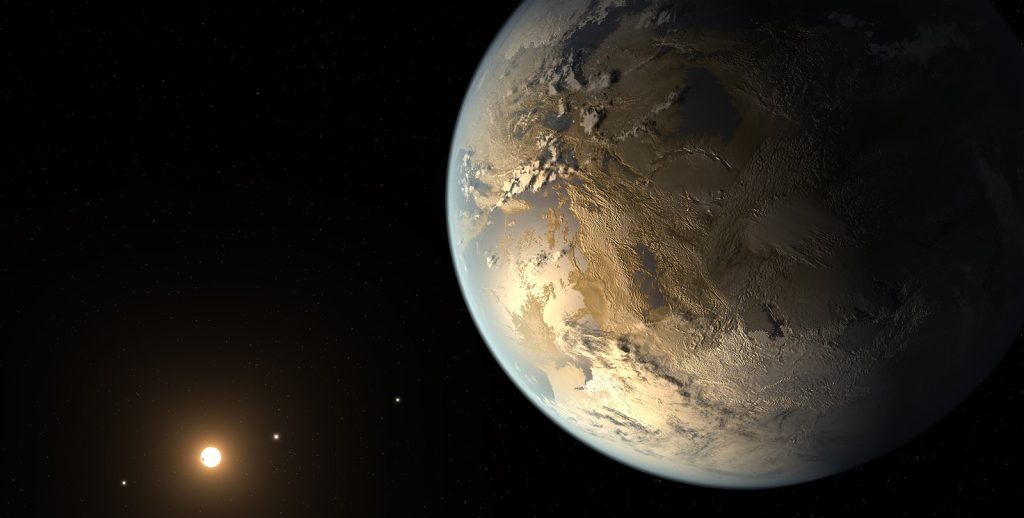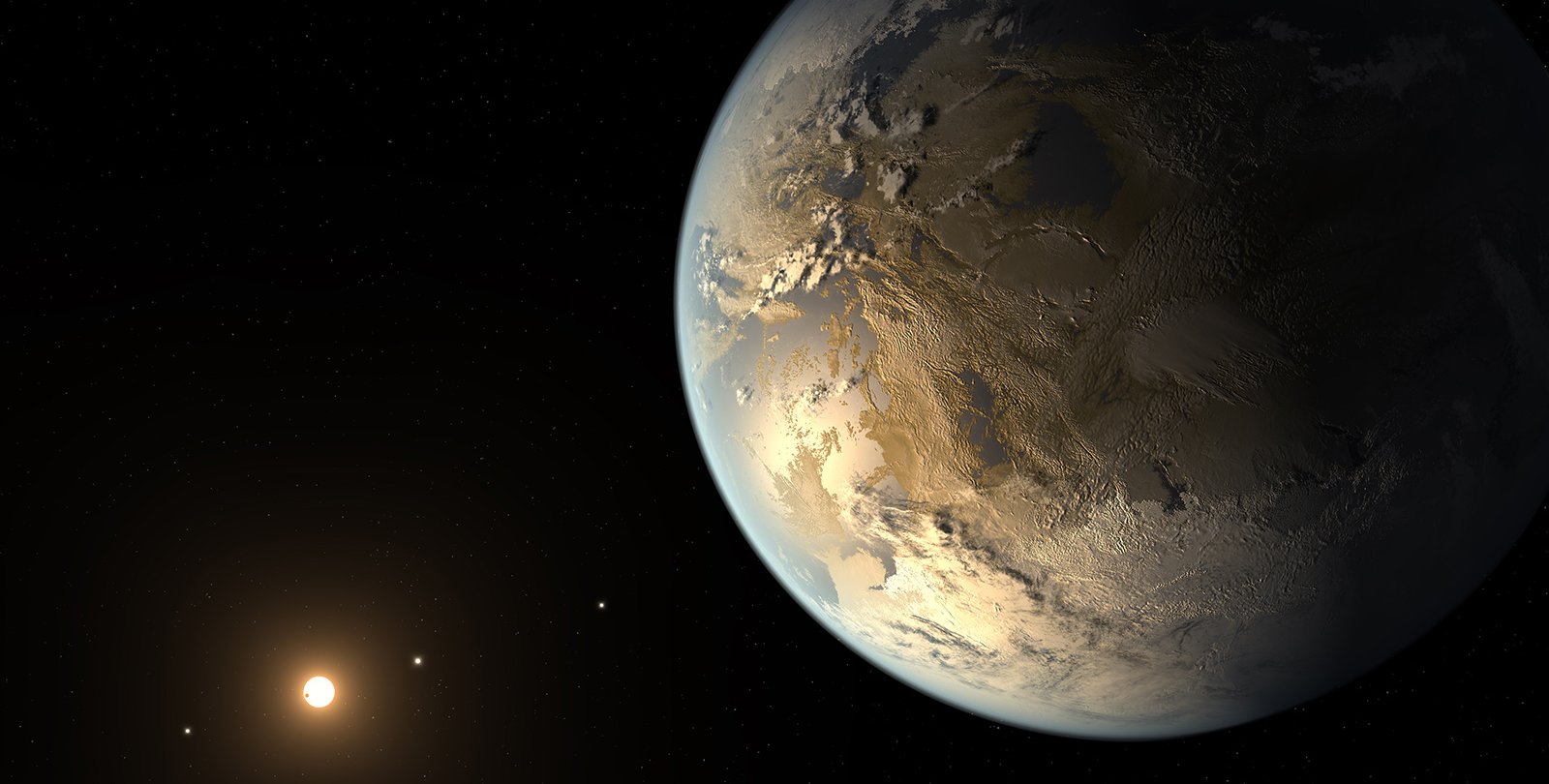
Artists Discover Hidden Worlds in Caltech’s Archives

**”Crossing Over: Art and Science at Caltech” – A Fusion of Creativity and Discovery**
**Introduction to Art and Science Convergence**
At the intersection of art and scientific discovery lies the exhibition *”Crossing Over: Art and Science at Caltech, 1920–2020.”* Spearheading Caltech’s contribution to the *PST ART: Art & Science Collide* initiative, this remarkable exhibition brings together five contemporary artists—Lia Halloran, Lita Albuquerque, Jane Brucker, Shana Mabari, and Helen Pashgian—whose work is informed by a century of groundbreaking innovations in science.
The artists dive deep into the past, inspired by the legendary physicists, chemists, and engineers of Caltech, a world-renowned research university, to create works that straddle the realms of visual art, science, and speculative thought. The resulting collection is displayed in thematic galleries that celebrate scientific advancements, particularly in astronomy, physics, and chemistry.
**Art Meets Cosmic Infinity**
Lia Halloran’s work, *”You, Me, and Infinity”* (2024), blends human intimacy and cosmic expansiveness. Constructed using cyanotype, where her children’s silhouettes are captured during the exposure process, the painting features cosmic tendrils suggesting light, distance, and energy. Halloran’s tender portrayal of humanity’s place within the universe is symbolic of how art allows us to engage with complex scientific notions like infinite space.
The exhibition, segmented into sections such as *”The Infinite Lawn,” “Time Stream,”* and *”Powers of Ten,”* frames scientific marvels through artistic lenses. Visitors are taken through a visual journey that combines Halloran’s intimate imagery with the grand scale of discoveries that altered humanity’s understanding of time, space, and the building blocks of life.
**Explorations from Caltech’s Archives**
*Crossing Over* taps into Caltech’s rich historical archives, presenting not just art pieces but also scientific artifacts that tell the story of the institution’s contributions to the advancement of knowledge. The exhibition features compelling archival materials such as a 1923 “‘Var Plate’ of Andromeda Galaxy” by astronomer Edwin Hubble, which informed the groundbreaking discovery that the universe contains galaxies beyond our own.
The exhibition doesn’t shy away from showing raw experimental results either. For instance, Bailey Willis—engineering geologist—contributed a quirky scientific relic titled “Seismogram of earthquake in Chile made by a fruit dish scraping across a sideboard” (November 11, 1922), which resonates with how science and everyday life often collide in unexpected ways.
**Scientific Legends in Candid Moments**
One of the highlights of the exhibition is the candid photographs of some of the 20th century’s brightest scientific minds. These photos offer a glimpse into the personal lives of the men and women behind the scientific revolutions. Images such as “Richard Feynman juggling on the beach” and the more formal portrait of rocket pioneer Jack Parsons with his wife after their wedding, remind us that these monumental figures were also individuals with lives filled with joy and curiosity.
Additional treasures include illustrated scientific books from as far back as the 16th century, with works by Nicolaus Copernicus, Galileo Galilei, and Johannes Kepler adding to the gravitas of the *Time Stream* section. Galileo’s famous book, *”Sidereus Nuncius” (1610),* featuring his hand-drawn observations of the moon, serves as a touchstone, connecting the ancient with the modern in the very location where young scientists still push the bounds of knowledge.
**Art Reflecting Scientific Passage of Time**
Several contemporary pieces respond to the age-old human desire to understand the cosmos. Jane Brucker’s *”Magnetic Attraction”* (2024) takes influence from the legacy of her friend, physicist Robert Hellwarth. Her site-specific piece incorporates dioramas featuring historical artifacts, such as eyeglasses and compasses. In this work, Brucker creates a visual bridge between art and the transmission of knowledge, suggesting that intellectual progress is a form of inheritance passed between generations.
Helen Pashgian, who has long embraced sculptural minimalism, offers an equally introspective take. Her works, characterized by translucent resin orbs, evoke the infinite potential of scientific exploration. Pashgian’s creations, like her *Untitled* (2023), play with light and space, merging technological innovation with visual contemplation.
**Conclusion: Celebrating the Intersection of Two Worlds**
*Crossing Over: Art and Science at Caltech* does more than just present art inspired by science; it reminds us that the boundary between these two realms is often arbitrary. Artists and scientists alike investigate the unknown, push boundaries, and challenge the status quo. With works that reflect on space, human existence, and the passage of knowledge, this exhibition brings forth